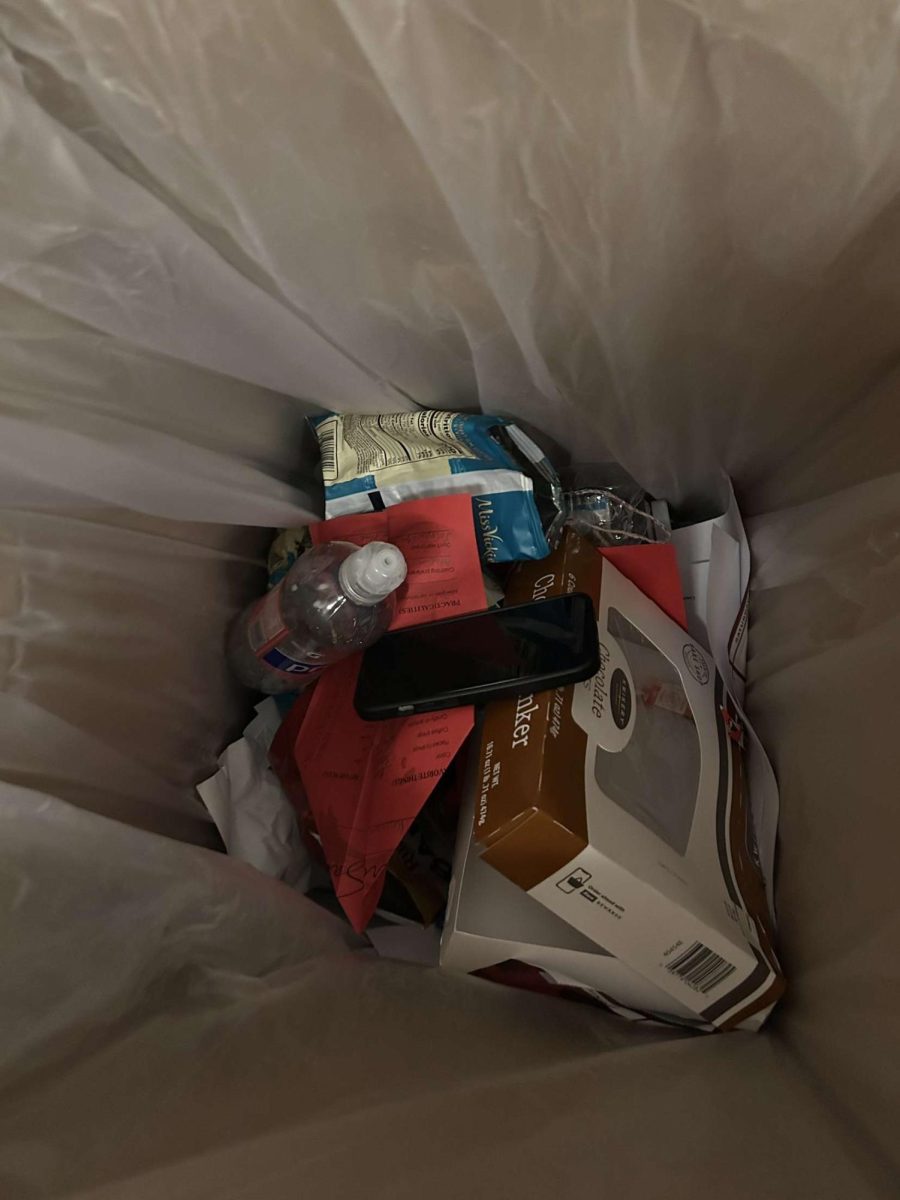At any given time, there are over 15 billion electronic devices on the planet. But many people don’t consider what happens when these devices are thrown away
Electronic waste, or e-waste for short, is defined as any electronic component that has reached the end of its usable life. Although many do not realize it, once burned, electronic devices in landfills emit harmful toxins into the air. Instead, they must be delivered to a proper e-waste site, or they can cause harm to humans, animals and the environment.
Often, the problem of e-waste is not discussed in schools due to administrators brushing it off as a nonexistent problem, perpetuating the problem. PVHS technology coach Cassidy Peterson discussed the importance of students learning about the harmful effects of e-waste. “I think it’s important to educate students on the harmful effects of e-waste. We also need to make it easier to dispose of it as the problem grows,” he stated.
The toxins created by e-waste can carry on for thousands of miles. When a human continues to inspire these toxins, the results can lead to cancer and other serious diseases.
E-waste can also affect soil and air quality miles around the landfill. Due to certain decisions, it is often the impoverished that live next to landfill sites, and therefore they are the ones who end up becoming sick due to improper disposal of e-waste.
The effects that such e-waste can have on water nearby are groundbreaking. Often, landfills are located next to a source of drinking water. Because of this proximity, e-waste can cause runoff to carry harmful chemicals into the water, affecting marine and human life and increasing the toxicity of the ocean.
Junior Rithik Vijaykumar is a technology user. “I guess I never thought about where my electronics go after I throw them away, like a lot of other people. I think we should start to think about that and we should be taught the harmful effects of it,” he stated.
Peterson continued talking about the harmful impacts of e-waste. “E-waste, like all waste, can be a problem if not monitored and planned for. With e-waste, there is the possibility of contaminating water supplies and cropland if not taken care of responsibly,” he explained.
E-waste is a problem that needs to be discussed, and until it is, humans and animals will continue to suffer.









